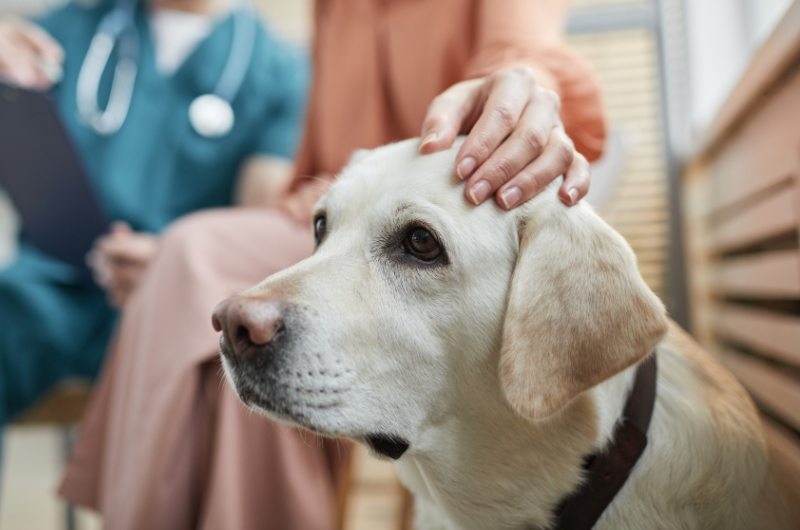East Passyunk Avenue has become Philadelphia’s culinary destination, and many establishments welcome well-behaved dogs in outdoor seating areas. Dining out with your pet can strengthen your bond, but preparation ensures positive experiences for everyone involved.
Popular Pet-Friendly Spots
Many East Passyunk restaurants offer outdoor seating where leashed dogs are welcome. Establishments along the avenue often provide water bowls and sometimes special dog treats. Always call ahead to confirm pet policies, as they may change seasonally or during special events.
Sidewalk seating areas work best for dogs comfortable with street activity. Gardens and patios offer quieter environments for sensitive pets. Consider your dog’s temperament when choosing venues – not every pet enjoys restaurant environments.
Pre-Dining Preparation
Exercise your dog before dining out. A tired dog behaves better than one bursting with energy. A 30-minute walk helps them settle during your meal. Avoid feeding your dog immediately before restaurants to reduce begging behaviors.
Pack essentials: collapsible water bowl, favorite quiet toy, waste bags, and cleaning supplies for accidents. Bring a mat or towel for your dog to lie on, defining their space and protecting them from hot or dirty surfaces.
Basic obedience training proves invaluable in restaurant settings. “Sit,” “down,” and “stay” commands keep your dog manageable. Practice these commands in distracting environments before attempting restaurant visits.
Health and Safety Considerations
Never feed your dog from the table or share your meal. Many human foods are toxic to dogs, including onions, garlic, grapes, and chocolate – all common in restaurant dishes. Rich, unfamiliar foods cause digestive upset even if non-toxic.
Keep your dog away from other diners’ tables. Not everyone appreciates animal attention while eating. Allergies and fear of dogs are legitimate concerns requiring respect. Your pet should remain in your table’s footprint.
Watch for dropped food or debris under tables. Previous diners may have left dangerous items. Chicken bones, toothpicks, and sugar-free gum containing xylitol pose serious hazards. Maintain vigilance throughout your meal.
Weather Considerations
Philadelphia summers require special attention. Concrete and asphalt retain heat, burning paw pads. Check surface temperature before settling in. Provide constant water access and watch for overheating signs: excessive panting, drooling, or lethargy.
Avoid peak sun hours between noon and 3 PM. Seek shaded areas or restaurants with umbrellas. Light-colored dogs need sun protection – pet-safe sunscreen prevents painful burns on exposed skin areas.
Cold weather dining requires different preparation. Short-haired breeds may need sweaters. Limit exposure during extreme cold. Salt and deicing chemicals irritate paws, requiring post-meal cleaning.
Restaurant Etiquette
Arrive at off-peak times when learning restaurant dining. Quieter environments reduce stress for nervous dogs. Staff appreciation for well-behaved pets often translates to better experiences and continued pet-friendly policies.
Keep leashes short but loose. Tight leashes increase anxiety and reactivity. Your dog should rest calmly beside your chair, not blocking walkways or extending into neighboring spaces.
Address problems immediately. If your dog becomes disruptive, step away until they calm down. Be prepared to leave if behavior doesn’t improve. One negative experience can affect pet policies for everyone.
Managing Interactions
Other diners may want to pet your dog. You control these interactions. “He’s working on training” politely declines attention without lengthy explanations. Protect your dog from overwhelming attention, especially from excited children.
Other dogs may be present. Not all dogs appreciate canine company while eating. Maintain distance and avoid face-to-face meetings in confined spaces. Leashed greetings often create tension rather than friendship.
Post-Dining Care
Monitor your dog for signs of dietary indiscretion. Vomiting, diarrhea, or unusual lethargy after restaurant visits warrants veterinary attention. Keep receipts and note what your dog might have accessed for reference.
Clean your dog’s paws after urban dining. Restaurant areas accumulate food waste, grease, and chemicals requiring removal. Regular paw care prevents irritation and infection from urban contaminants.
Gradual exposure builds positive associations. Start with brief coffee visits before attempting full meals. Success comes from reading your dog’s comfort level and respecting their limits. Not every dog enjoys restaurant settings, and that’s perfectly acceptable.

